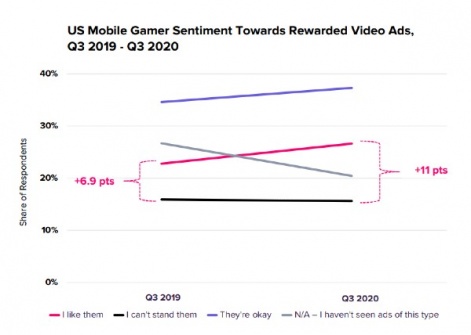This article is part of an ongoing series of data-driven articles from PocketGamer.biz and App Annie highlighting trends in the global mobile games sector using App Annie’s app market data.
In this week’s column, we’re considering some key advertising trends from App Annie and IDC's Gaming Spotlight: 2021 Review report.
More eyeballs in 2020
As highlighted in our previous article, mobile gaming continues to grow fast. Indeed it's growing faster than the PC and console game sectors.
It's predicted that mobile games will account for $120 billion of revenue in 2021 when compared to $41 billion for PC and $39 billion for console.
Unlike PC and console games, however, advertising is a key revenue element for mobile game developers.
This is especially the case for hypercasual games, which are almost entirely monetised by adverts, but thanks to options such as rewarded video ads, advertising revenues are important for a wide range of casual and core games too.
One interesting trend in this context is how US mobile gamer sentiment towards rewarded video ads changed between Q3 2019 and Q3 2020.
Of course, during this period, many people experienced lockdowns and hence the amount of time spent gaming increased.
But in terms of extreme reactions, many more mobile players - more than double - seem satisfied with rewarded video ads than "can't stand them".

One clear consequence of lockdowns was the decline in gamers who hadn't experienced such advertising.
This was combined with a significant jump in the percentage of gamers who actively stated they "liked" such advertising.
Indeed, the gap between "can't stand them" and "like them" grew from 6.9 per cent to 11 per cent.
This trend was also seen, albeit less strongly, across all forms of in-game mobile advertising, including banner and playable ads.
Hypercasual, hypergrowth
Perhaps one reason for this change was also the way in which the type of mobile games experienced changed during 2020.
The genre that experienced the biggest increase in downloads was hypercasual, up 6.7 per cent compared to Q3 2019.
Playing more hypercasual games would have exposed mobile gamers to more advertising.

You can download the full report (email registration required) via the App Annie website.























